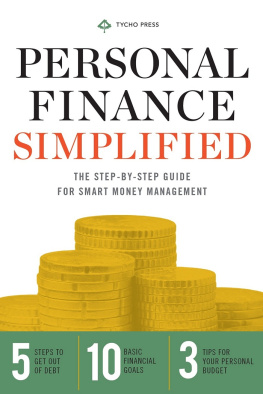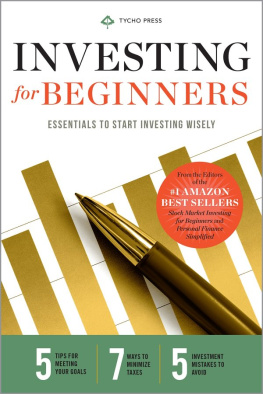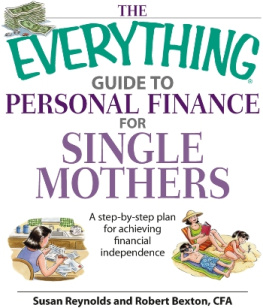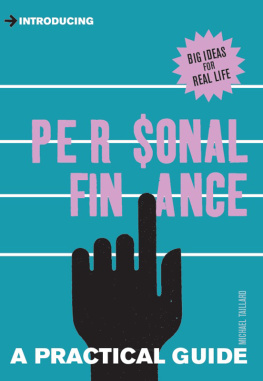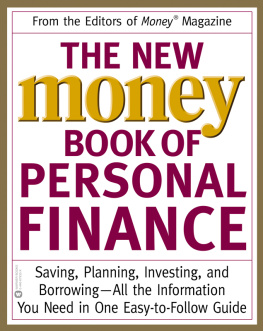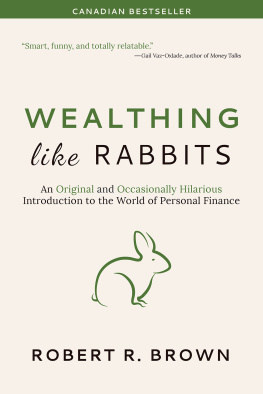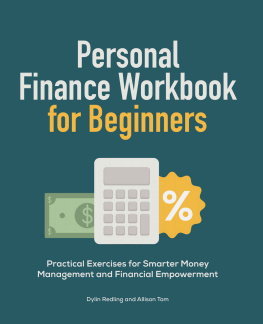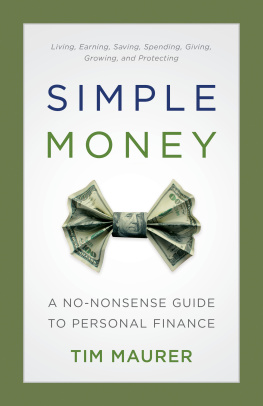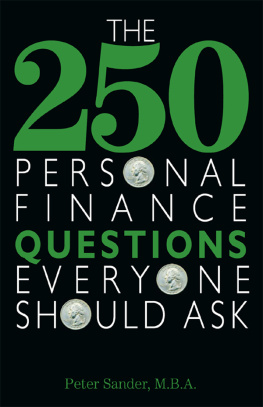Copyright 2014 by Tycho Press, Berkeley, California
No part of this publication may be reproduced, stored in a retrieval system or transmitted in any form or by any means, electronic, mechanical, photocopying, recording, scanning or otherwise, except as permitted under Section 107 or 108 of the 1976 United States Copyright Act, without the prior written permission of the publisher. Requests to the publisher for permission should be addressed to the Permissions Department, Tycho Press, 918 Parker St., Suite A-12, Berkeley, CA 94710.
Limit of Liability/Disclaimer of Warranty: The publisher and the author make no representations or warranties with respect to the accuracy or completeness of the contents of this work and specifically disclaim all warranties, including without limitation warranties of fitness for a particular purpose. No warranty may be created or extended by sales or promotional materials. The advice and strategies contained herein may not be suitable for every situation. This work is sold with the understanding that the publisher is not engaged in rendering medical, legal or other professional advice or services. If professional assistance is required, the services of a competent professional person should be sought. Neither the publisher nor the author shall be liable for damages arising herefrom. The fact that an individual, organization or website is referred to in this work as a citation and/or potential source of further information does not mean that the author or the publisher endorses the information the individual, organization or website may provide or recommendations they/it may make. Further, readers should be aware that websites listed in this work may have changed or disappeared between when this work was written and when it is read.
For general information on our other products and services or to obtain technical support, please contact our Customer Care Department within the United States at (866) 744-2665, or outside the United States at (510) 253-0500.
Tycho Press publishes its books in a variety of electronic and print formats. Some content that appears in print may not be available in electronic books, and vice versa.
TRADEMARKS: Tycho Press and the Tycho Press logo are trademarks or registered trademarks of Callisto Media, Inc., and/or its affiliates, in the United States and other countries, and may not be used without written permission. All other trademarks are the property of their respective owners. Tycho Press is not associated with any product or vendor mentioned in this book.
ISBN: Print 978-1-62315-314-4 | eBook 978-1-62315-315-1
Introduction:
Taking Charge of Your Finances
The number of goals humans pursue is matched only by the number of humans. Happiness, wealth, success, fame, comfort, philanthropythe list alone could fill this book.
To accomplish those myriad goals, humans use a myriad of tools. Truly talented carpenters can wield a hammer with the same skill that a master painter uses to flick a brush both blurring the lines between craft and art. Teachers use textbooks, curriculum, and their own creativity to educate the next generation. The best managers use charisma, empathy, and intelligence to direct others, inspiring them to accomplish more than they ever could on their own.
While different people with different goals select different tools, theres one tool that just about everyone uses, with a hugely varied level of expertise. Its something that can help you accomplish any goal you pursue, and it can also pull you away from that goal: Money.
People who see wealth as a goal in and of itself often end up spending a lifetime chasing after it. On the other end of the spectrum are people who consider money useful only as far as it supports their current lifestyle. They will spend it as fast as they make it.
Financial counselor and consumer advocate Dave Ramsey says, Money flows from those who do not know how to manage it, to those who do. So how should you manage your money?
First, start thinking of it as a tool. A tool is what you make of it. If you own a hammer but use it only to keep papers from blowing off your desk, then youre leaving a lot of the tools potential untapped.
Most people have perfected the use of tools that pertain to their particular calling, yet nobody can master them all. A skilled accountant can live quite well without ever learning how to use a hammer properly. The accountant might hire a carpenter for house repairs, just as the carpenter might hire the accountant to prepare a tax return. But when it comes to money, nobody can afford to remain passive. Money is the one tool all of us must strive to handle with power and precision. Even the wealthiest persons funds have limits, and what separates the money managers from the money users is the benefit they squeeze from their assets.
It takes no special skill to plunk down $5 for a Big Mac, fries, and coffee. However, even such a mundane task illustrates the importance of managing money. Here are five variations on the simple theme of using a tool ($5) to accomplish a task (purchasing lunch).
- Anne studies the menu at McDonalds and finds a sandwich she enjoys more for the identical price.
- Baxter uses a coupon from an independent restaurant trying to drum up business. He manages to buy a better-tasting burger and a larger order of fries for the same $5.
- Carol pools her $5 with four co-workers, and together they purchase two large pizzas and a two-liter bottle of Pepsi. She enjoys a tasty lunch and brings a couple of slices home to eat tomorrow, ending up with two meals for the price of one.
- Daniel, knowing hed spend more than $100 on lunches every month if he purchased the $5 meal every day, instead spends $50 on meat and condiments at the start of every month. Rather than eat out, he prepares his lunches in advance and brings them to work, feasting on variety of sandwiches, including many he cant buy at the fast-food place across the street from the office. And by avoiding convenience foods, he both spends less per lunch and eats healthier meals.
- Emily decides to subsist on peanut butter sandwiches and ramen noodles for a month. Instead of buying fast-food lunches or cold cuts, she invests $100 in four weeks of cooking classes. The following month, she prepares a mix of hot and cold dishes, bringing multicourse meals to work in plastic containers. Emily now eats as well at work as she would have sitting in her own kitchen. And like Daniel, she does this for less than the $5 per day she used to spend.
All five of these people made use of the $5 tool to improve their lunch outcome. Some put in more work than others, and some used additional tools (creativity, cooperation, education, etc.) to either make the job easier or leverage more benefit out of the original $5. Of course, you dont need to take night classes at cooking school to manage your money. The examples above could have focused on tasks like paying for transportation to work, paying for child care, paying for a vacation, etc. Money can accomplish many things, but only if you manage it.
The following chapters provide strategies for managing money so you can make the most of your resources. Think of these tactics as additional tools to help you wring the most value out of your money.
While the tactics and suggestions to come can help you learn to better manage your money, the most important tool you can draw on to augment the power of money is your own ingenuity and discipline. Remember that money never stops moving. Sure, you can grab a bunch of money and stash it in a savings account, like an eddy off to the side of a river. But the very act of stashing all the money you can actually limits what the money can do.

